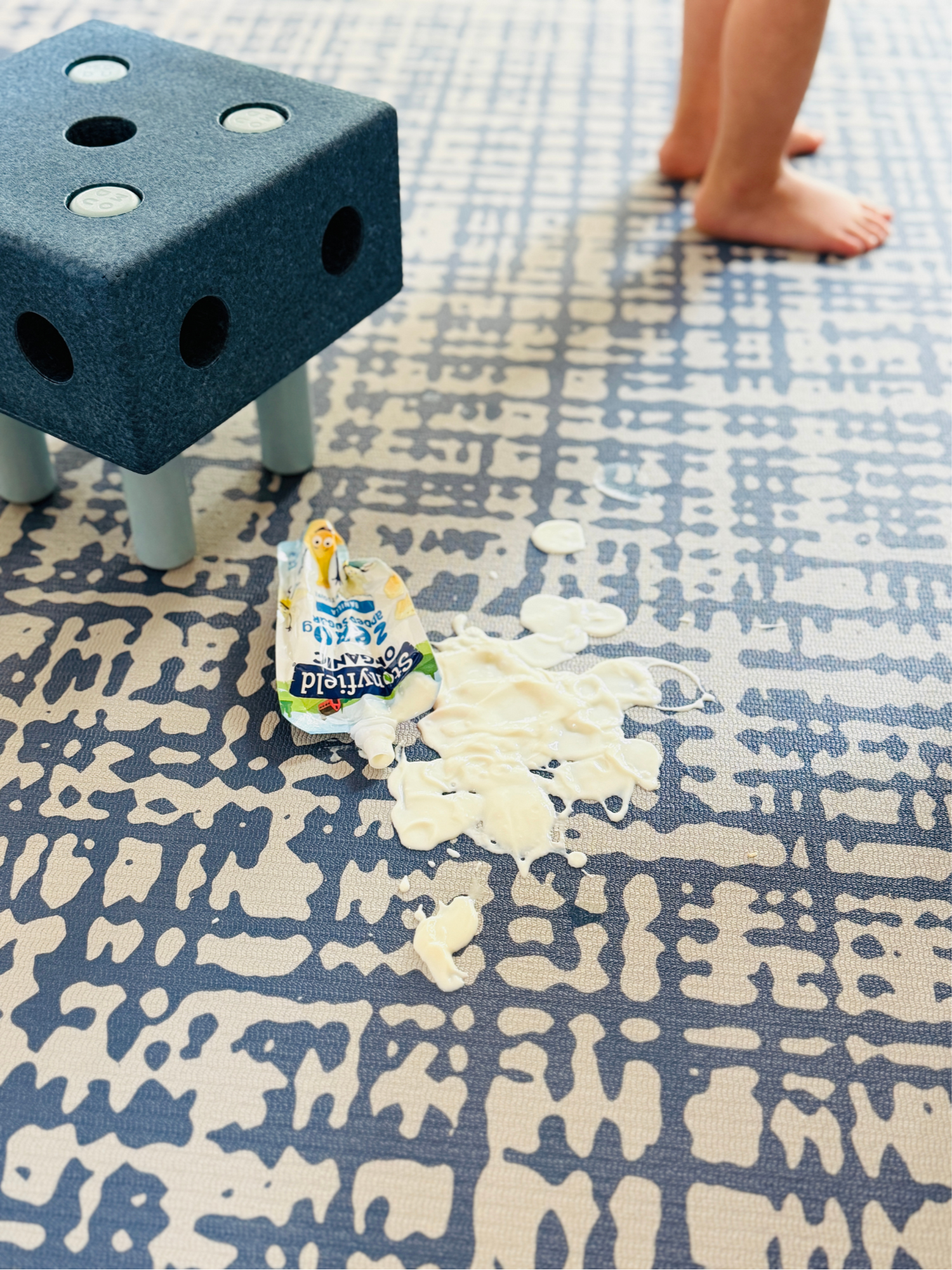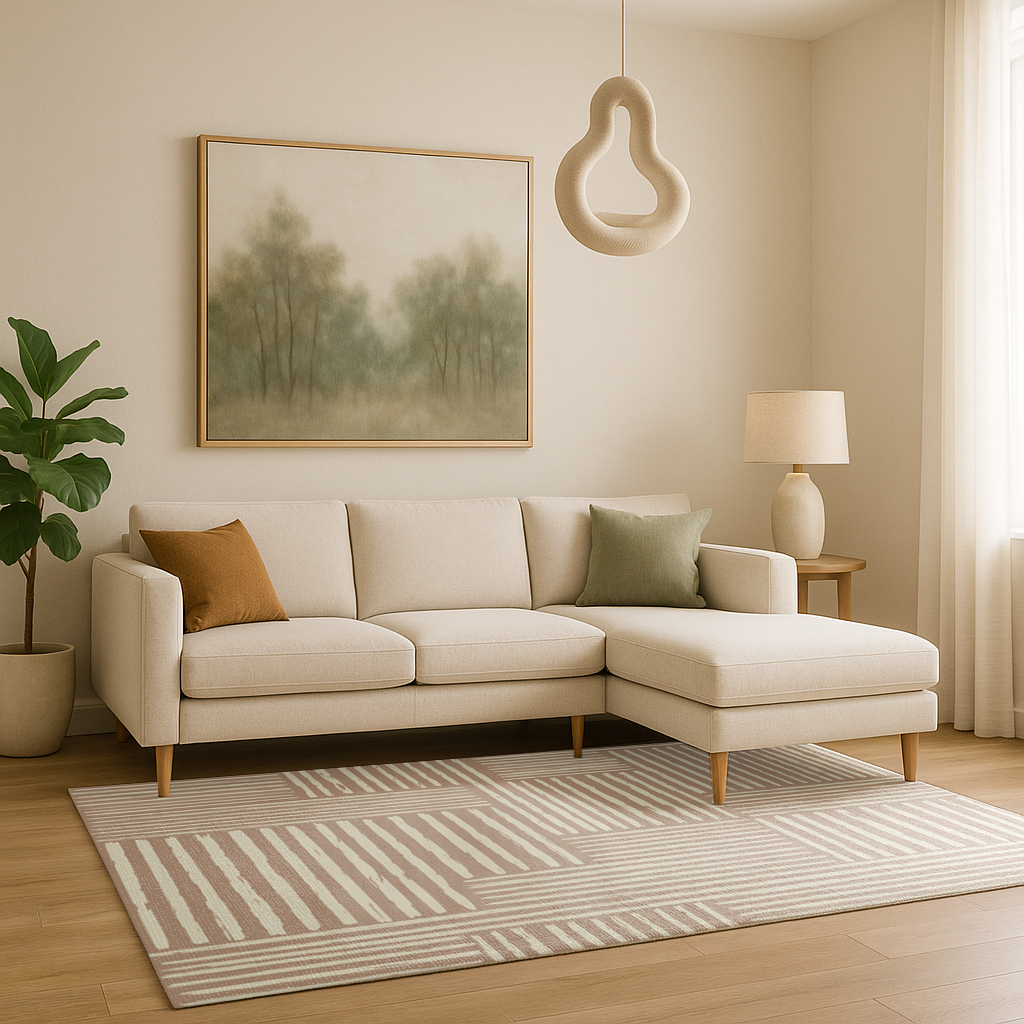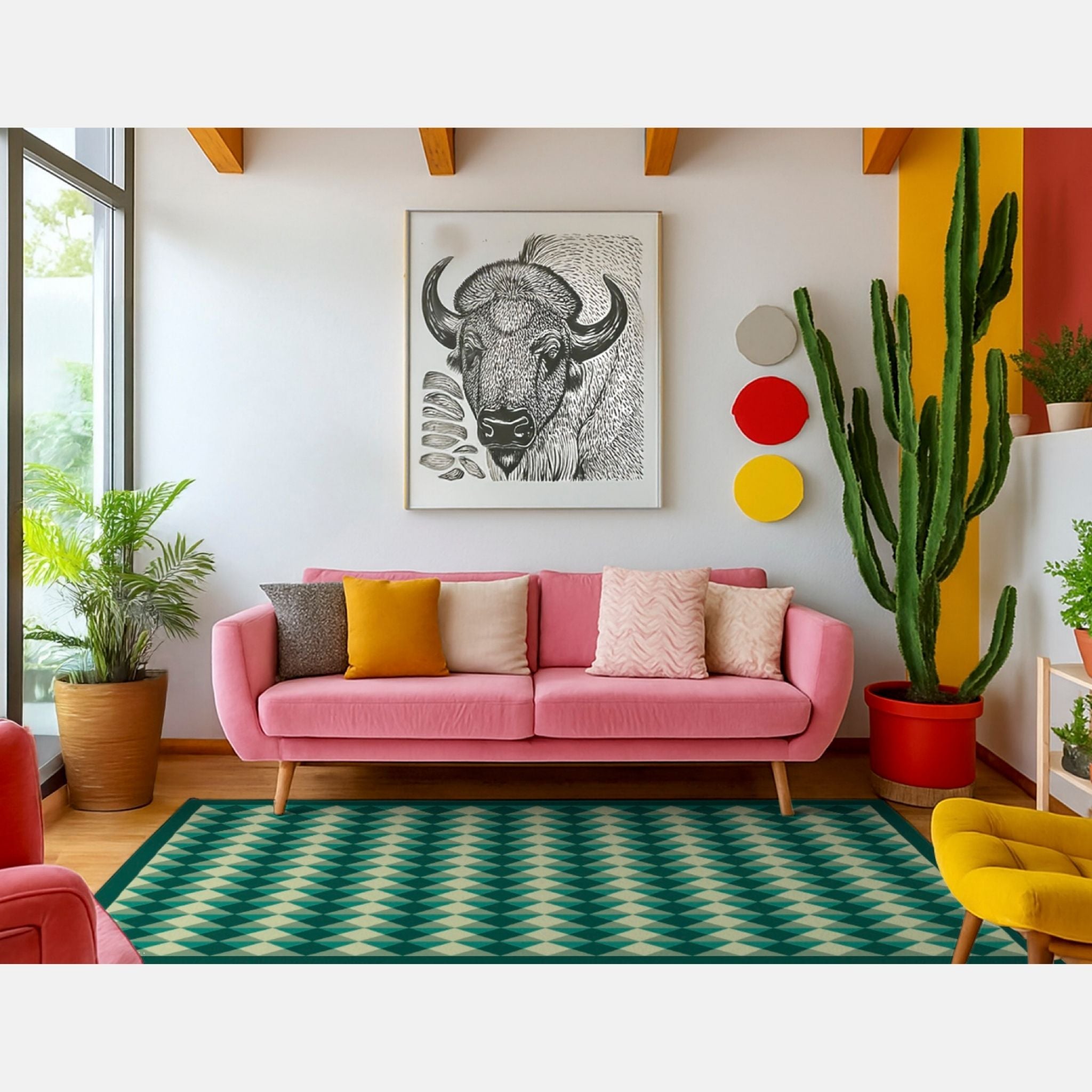What to Look for in a Yoga Mat, According to a Yoga Instructor
Ask any yoga instructor what the most important tool is for a consistent practice, and the answer will almost always be the same: a good yoga mat.
A yoga mat sets the tone for how you move, how you feel, and how easily you can stay present throughout your flow. It doesn’t have to be the most expensive option out there, but it should absolutely support your body, your space, and your daily routine.
As someone who spends a lot of time on the mat, both personally and professionally, here’s what I look for (and recommend) when choosing one.
Supportive Cushioning (Without Losing Stability)
A great yoga mat strikes a balance between comfort and control. You want enough cushioning to protect your joints - especially wrists, knees, and hips, but not so much that you feel like you’re sinking.
Too-soft mats can throw off balance poses and make transitions feel unstable. On the other hand, ultra-thin mats can feel harsh and unforgiving, especially on hard floors.
Look for something with medium-density support: firm enough for standing poses, but with enough give for seated or restorative work.
Grip That Works With You, Not Against You
Traction is essential, especially for vinyasa or power yoga styles. A mat should give you grip without restricting your ability to move or adjust naturally. It should support both bare hands and feet, and hold up even when things get sweaty.
Slipping during downward dog or warrior II isn’t just frustrating - it can be a safety issue. A mat with a lightly textured surface often provides the best of both worlds: enough grip to stay grounded, but smooth enough to move freely.
Enough Space to Flow
Size matters. A standard yoga mat works well for most people, but a little extra room can go a long way, especially if you practice at home and don’t want to feel restricted. Extra-long or extra-wide mats give you space to stretch out fully without stepping off the edge during sun salutations or floor sequences.
If you tend to move a lot in your practice, or if your mat doubles as a space for breathwork, meditation, or mobility work, it’s worth choosing a mat that gives you more room to breathe and move comfortably.
Easy to Clean
Yoga is a sweaty, earthy, human practice. Your mat should reflect that - by being easy to clean, maintain, and keep fresh. A closed-cell surface is ideal for preventing sweat and bacteria from absorbing into the material, and wipe-clean mats are especially helpful for anyone practicing regularly.
Whether you’re practicing at home or in a studio, being able to quickly wipe down your mat and roll it back out the next day makes it easier to stick with your routine.
Safe Materials for Daily Use
A yoga mat is something you’ll spend a lot of time on - often barefoot, skin-to-mat, sometimes face down in child’s pose. Choosing materials that are non-toxic and free from common chemicals like phthalates and BPA is just as important as choosing the right cushion or color.
Look for mats that meet reputable safety standards, and when possible, choose ones with low emissions or certifications that ensure the material is safe for indoor air quality. It's one of those details that may not seem obvious, but it makes a difference over time.
A Mat That Fits Into Your Life
A yoga mat doesn’t need to be flashy. It just needs to support you physically, emotionally, and practically. The best mats are the ones you don’t have to think about. They don’t slip, bunch, or distract you from the practice. They stay where they’re supposed to and feel good every time you roll them out.
So whether you're flowing daily or just returning to your practice, investing in the right yoga mat makes everything feel a little more grounded, a little more intentional, and a lot more enjoyable.























